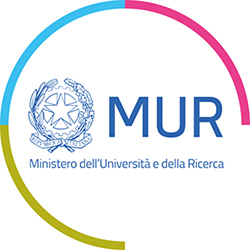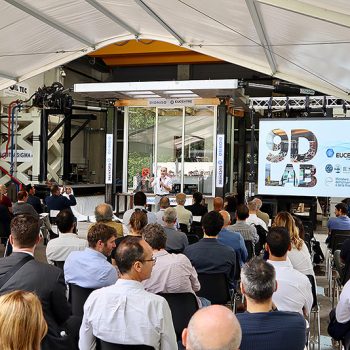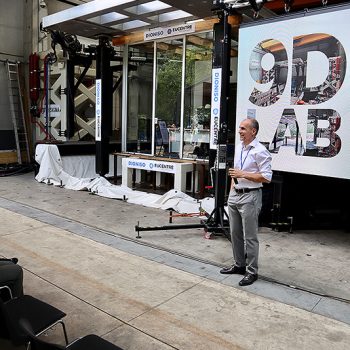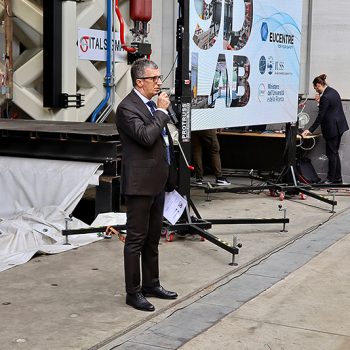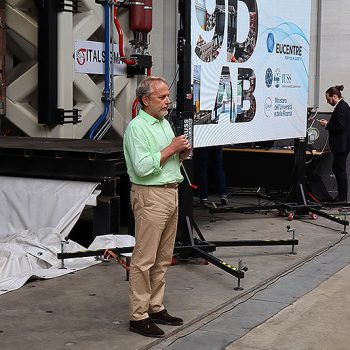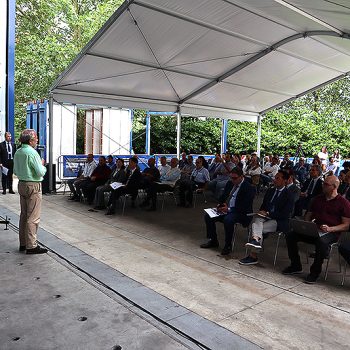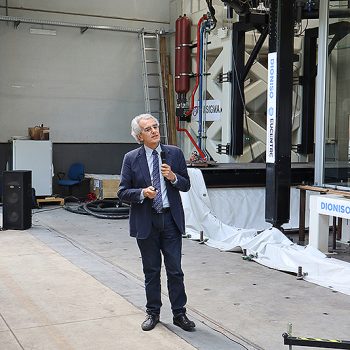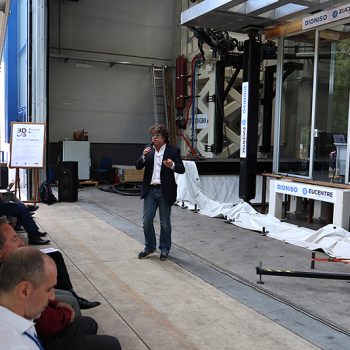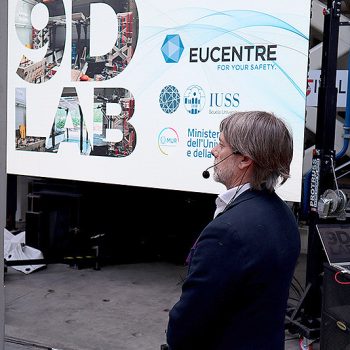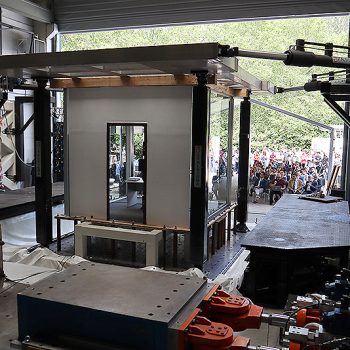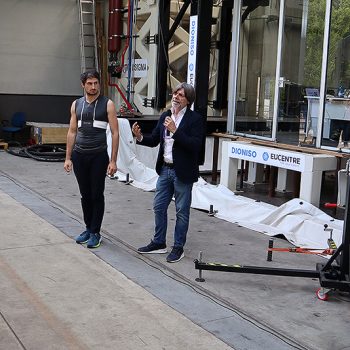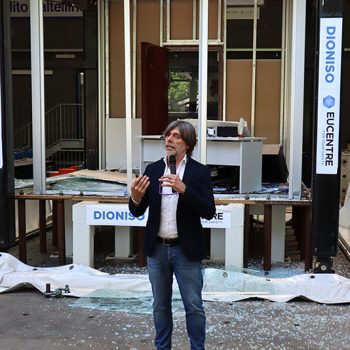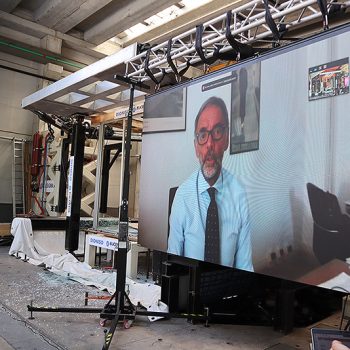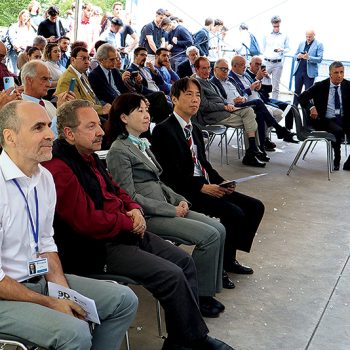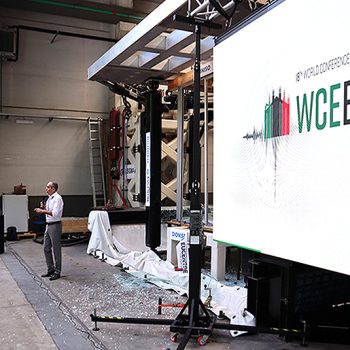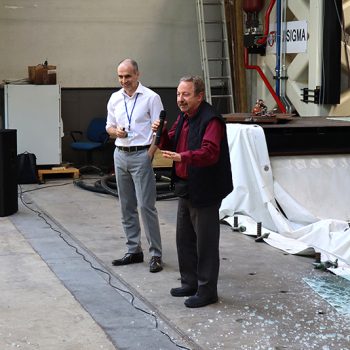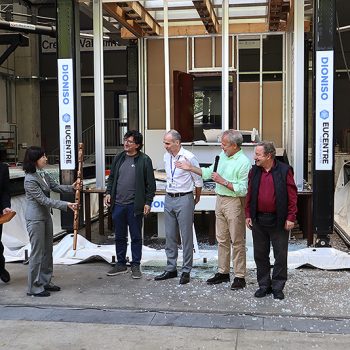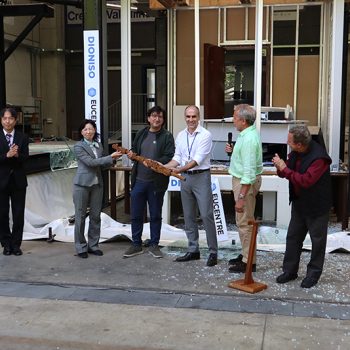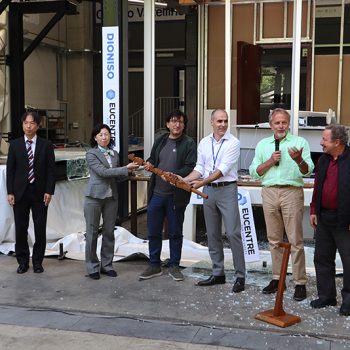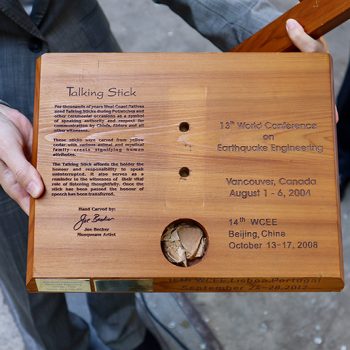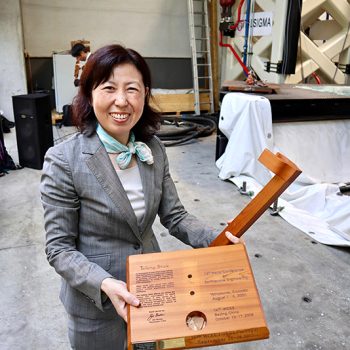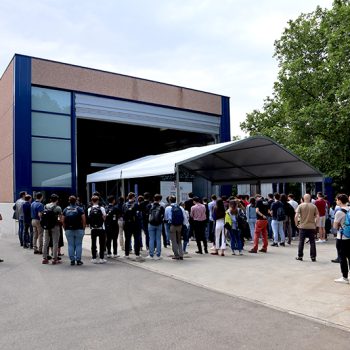
9D Test System – DIONISO PROJECT – EUCENTRE Foundation | June 7th, 2023 | h. 10.00 am
DIONISO Project
Seismic Domotics Innovative Technologies for Home and System Safety
• Project Grant Agreement SCN_00320
• Call MIUR D.D. of 05/07/2012 n.391/Ric.
• Smart Cities and Communities and Social Innovation
Beneficiaries:
• UNIVERSITY OF GENOA – DIBRIS (CAPOFILA)
• CONSIS SCARL
• CINECA INTER-UNIVERSITY CONSORTIUM
• CNR – NATIONAL RESEARCH COUNCIL OF ITALY
• ÉCOLE CENTRALE DE NANTES
• EUCENTRE FOUNDATION
• METROVOX S.R.L.
• UNIVERSITY OF MESSINA – MIFT
The main goal of the DIONISO project is the definition of innovative interdisciplinary industrial research paths aimed at the management of emergencies and rescues, through the creation of specific devices for home automation, characterized by high levels of sustainability, which combine safety and targeted industrial productions in a single context whose ethical premise is the economic development of the community.
Shaking table test on 9DoF interstory system
The test will be performed within the scope of the DIONISO Project (Seismic domotics innovative technologies for home and system safety, ID SCN_00320), funded by the Italian Ministry of University and Research within the call “Smart Cities and Communities and Social Innovation”.
The test will be performed on the innovative 9DoF testing system developed at EUCENTRE Laboratories consisting of two overlapping shaking tables controlled to simulate the dynamic behavior of a building subassemblage when the main structure is subjected to a seismic input. This special testing system allows to apply to two generic floors different accelerograms derived from the dynamic response of the structure and studying the critical effects that acceleration and large interstory drift may induce on non-structural elements such as infill panels, partition walls, piping systems, facades, etc.
The test will be performed to replicate accelerations and displacements of floors of a 5-story reinforced concrete frame typically used in residential buildings in Italy, designed according to the Italian code NTC18 and assuming the accelerogram recorded during recent earthquake in Norcia (2016). The dynamic response of the structure has been determined by using a FE model implemented in SAP2000 in the design phase and later in SeismoStruct to simulate the nonlinear response. The modes of vibration associated to the highest participating masses of the building fall in the range 0.4-0.6 sec in the configuration in which the soil structure interaction has been considered. The results of the tests will allow to evaluate the consequences on a furnished working space module as if it were placed between the third and the fourth levels of the building. Information regarding the damage occurred both on structure and non structural components will be collected by using the brand new Dioniso domotics systems, evacuation support system will be also tested at the end of the test.
The seismic test will be performed assuming that the building is shaken in two orthogonal horizontal directions by using the accelerograms of the Centre of Italy earthquake recorded at Norcia in October 2016, magnitude 6.5.
For a better monitoring of the effects induced by the seismic loading the accelerograms will be applied scaling the PGA at 3 increasing magnitudes, at least, producing a cumulative damage until the collapse will take place.

